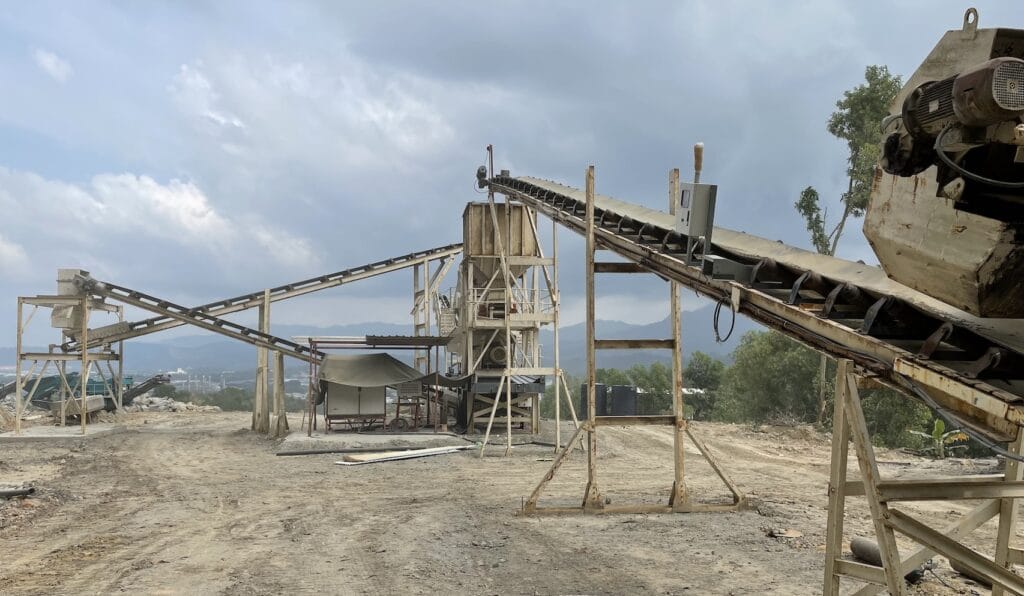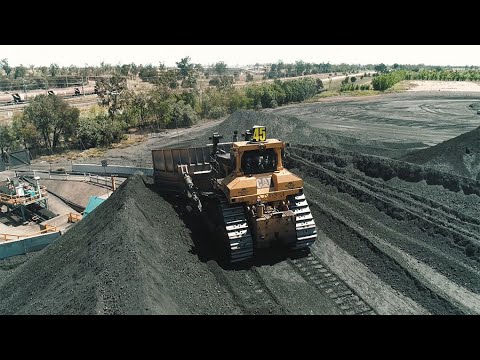
- The extraction and processing of aluminium metal can be broken down into three key stages: the mining of bauxite ore, refining that ore to recover alumina, and then the smelting of alumina to produce aluminium sheets or ingots. This type of metal is prized for its strong yet lightweight properties, as well as its resistance to rusting.
Although aluminium is the third most abundant element to be found in the Earth’s crust (after oxygen and silicone), it has only been widely utilised over the last 100 years. This is because it does not exist in nature in a pure state, and must be extracted from compounds through an intensive refining process.
Australia’s aluminium industry is the world’s largest producer of bauxite, despite having only been in commercial operation since 1955. It is a major contributor to employment and the national economy, generating around 21 million tonnes of alumina material each year.
Michael Greelish, national accounts manager for mining at Motion Australia, worked recently with a Victorian aluminium smelting business to implement NTN’s angular contact ball bearings on various machinery parts to great success. The company itself produces approximately 300,000 tonnes of aluminium every year, adhering to robust environmental management plans and sustainability targets.
“We are proud to support such a forward‑thinking player in the Australian mining space, supplying them with the best quality bearing components to ensure that they meet efficiency targets,” Greelish said.
“CBC carried out assessment on their application where part failure was becoming a costly issue, and recommended the angular contact ball bearings from NTN as a premium, long-term solution that could promise reliability.”
These non-separable bearings are incredibly useful, due to their ability to support simultaneous radial and single‑direction axial pressure. Because of this, they are usually used in pairs or sets to transmit load between raceways along a radial plane.
Popular with OEM customers, these NTN units have been generating widespread positive feedback following extended operating life on different sites.
“Put simply, the NTN product is one of the best on the market, and can be fitted without fuss if the situation calls for efficiency,” Greelish said.
“When you have got a failure on a generic bearing, or need to carry out maintenance change-overs, the last thing you want is extended downtime. These angular contact ball bearings also feature a ‘flush ground’ finishing method, which allows for universal pairing and back-to-back arrangement if required.”
Resistant to premature fatigue, this product has proven longevity in harsh mining conditions and under extreme pressure peaks. The steel bearing cages are set to maintain rolling elements at a uniform pitch, so that the load does not fall onto the cage directly. This prevents the rolling elements from falling out when the bearing is handled by fitters or technicians.
“Their design is seriously smart, and addresses the concerns of every-day industrial operations,” Greelish said.
“Pretty much any application requiring angular bearings could benefit from this product, because they are available in such a broad catalogue of sizes and arrangements.”
Since 1971, CBC and NTN have operated under a joint venture partnership, delivering expert engineering products to the Australian mining market and beyond. As one of the top five bearing manufacturers in the world, NTN sets an international standard for end-to-end logistical service and supply.
Features and benefits of the NTN Angular Contact Ball Bearings
• Peak performance in high or low temperature settings
• Lower starting friction coefficient
• Low lubrication consumption
• Internationally standardised and readily available through CBC
• Improved pre-loading due to bearing rigidity
• Accessible and efficient product numbering system
• Can simultaneously support radial and axial loads
Click here to learn more.


















 【更多EVN公告和股价走势请点击
【更多EVN公告和股价走势请点击
